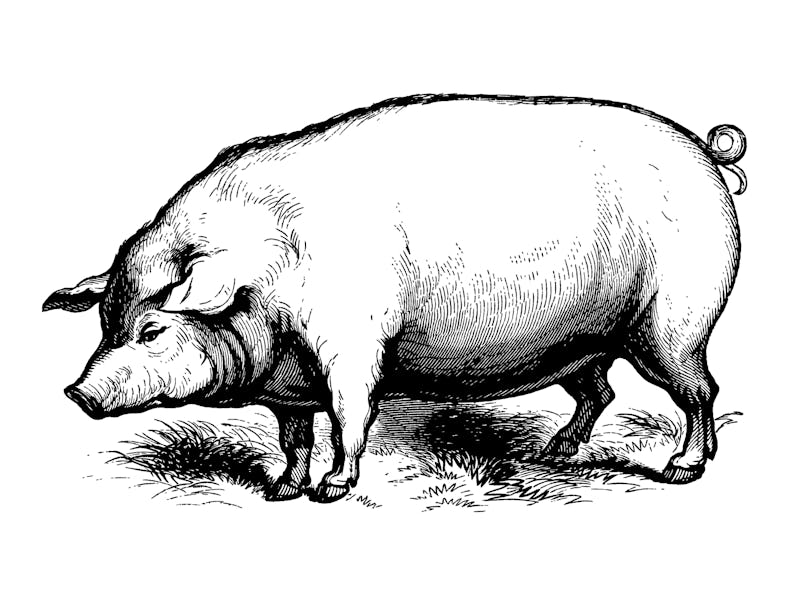Scientists: No, you cannot kill 30 to 50 feral hogs with an automatic rifle
There is a lesson to be learned from this 2019 meme.

The year 2019 is defined by some standout figures, from Lizzo to Baby Yoda. But there’s one influencer whose name you probably don’t remember: Twitter user Willie McNabb, whom we can thank for the 30-50 feral hogs meme that swept the internet this summer.
In August, McNabb indirectly taught the world an important lesson: Assault weapons aren’t going to be any use if a herd of feral hogs enter your yard within 3-5 minutes while your small kids play.
This is #4 on Inverse’s 20 most incredible stories about our planet from 2019.
Here’s the backstory: In the wake of two deadly mass shootings in the United States earlier this year, American singer-songwriter Jason Isbell tweeted that internet debates over the definition of an assault weapon are misguided — and that people don’t need assault weapons in their homes.
In response, McNabb sent a query to fellow Americans living in rural areas, describing a rather specific scenario:
The tweet was gold for meme-makers. Responses ranged from disbelief to amusement to frustration — after all, feral hogs are a big problem in parts of the US.
So while the hype raged on, Inverse turned to the science to see if McNabb’s statement had any truth to it.
Turns out an automatic rifle would simply not be an effective way to get rid of the feral pigs ravaging parts of the country. That’s according to pig experts and Clemson University researchers Shari Rodriguez and Christie Sampson.
“They’re difficult to get rid of in a way that doesn’t educate them on our methods of mitigation,” Rodriguez told Inverse at the time. If you trap and remove most of a particular group of hogs, the others will quickly learn to avoid your tricks next time. To get rid of them, you have to get rid of the entire group.
“So while you may get an animal or two [with a rifle], it’s a drop in the bucket,” Rodriguez said. “It really does nothing to decrease the population of hogs.”
“Also, because hogs are so smart, they will habituate to that method and begin avoiding areas where they think they might get shot,” she said. “It’s not a long-term, sustainable solution.”
Instead, governments need to take feral hogs into account in policies that protect livestock from carnivorous predators, the researchers said.
To learn more, read Rodriguez’ and Sampsons’ most-recent paper on the topic, which was published in August.
As 2019 draws to a close, Inverse is revisiting the year’s 20 most incredible stories about our planet. Some are gross, some are fascinating, and others truly are incredible. This has been #4. Read the original article here.